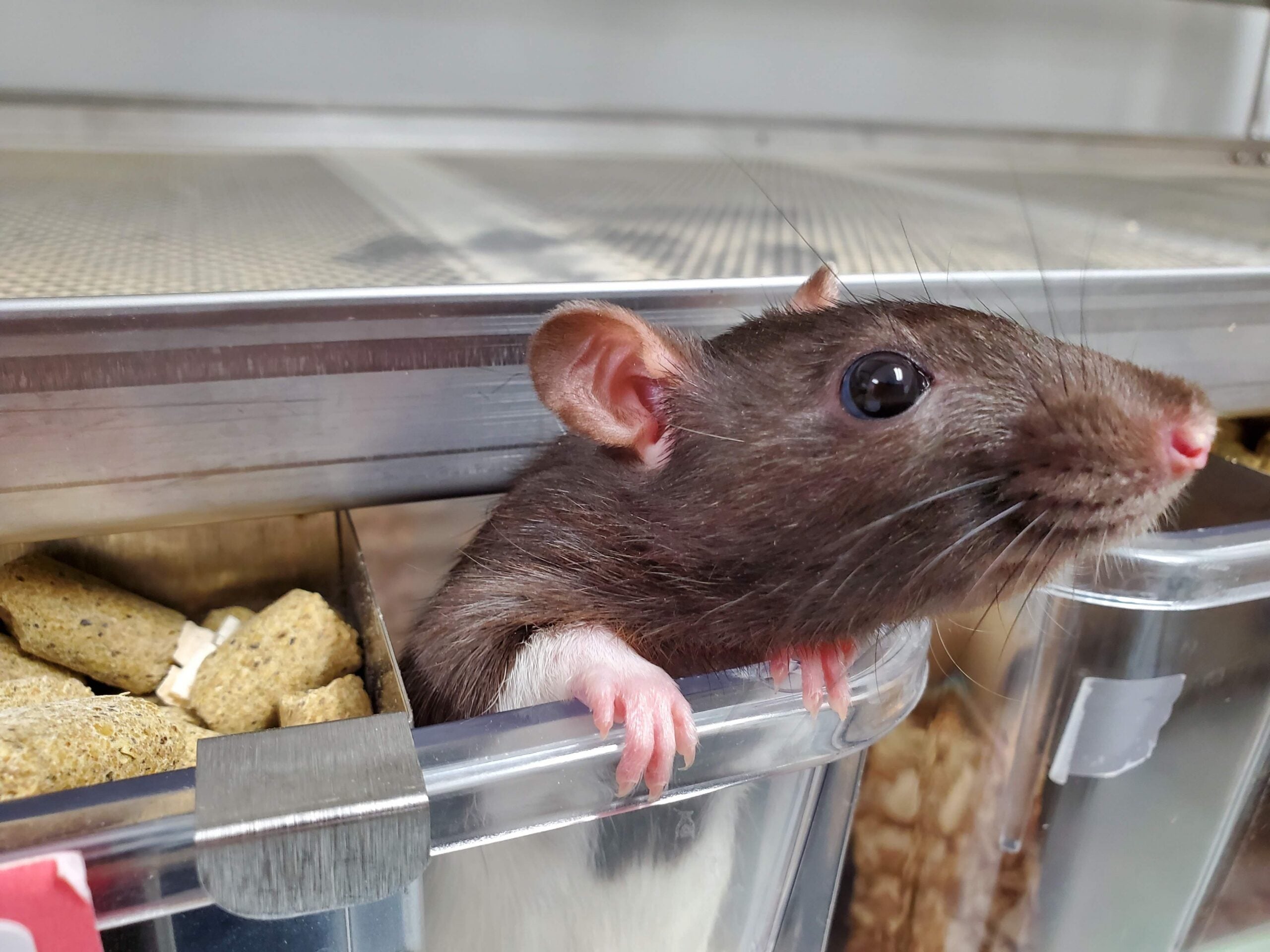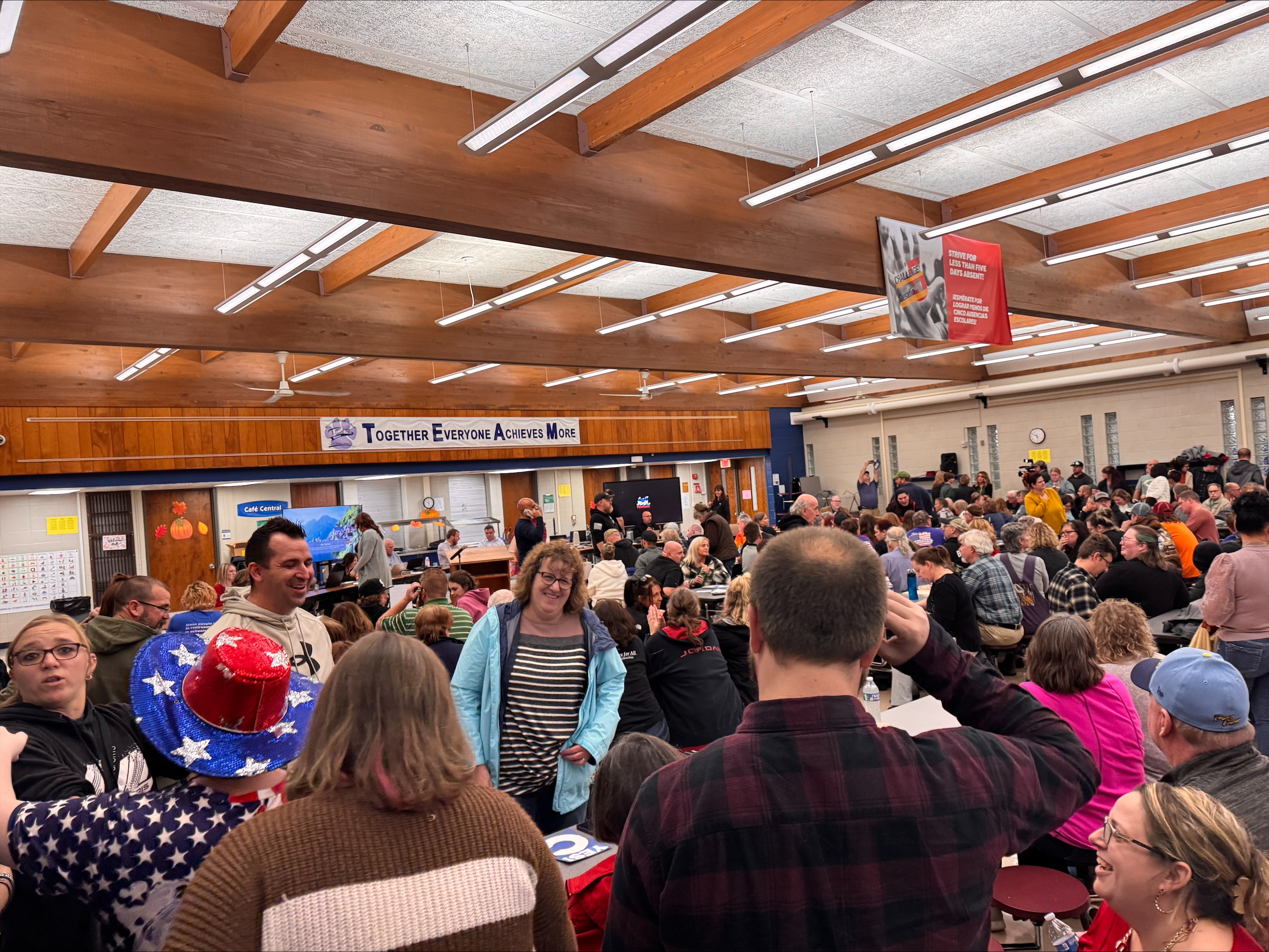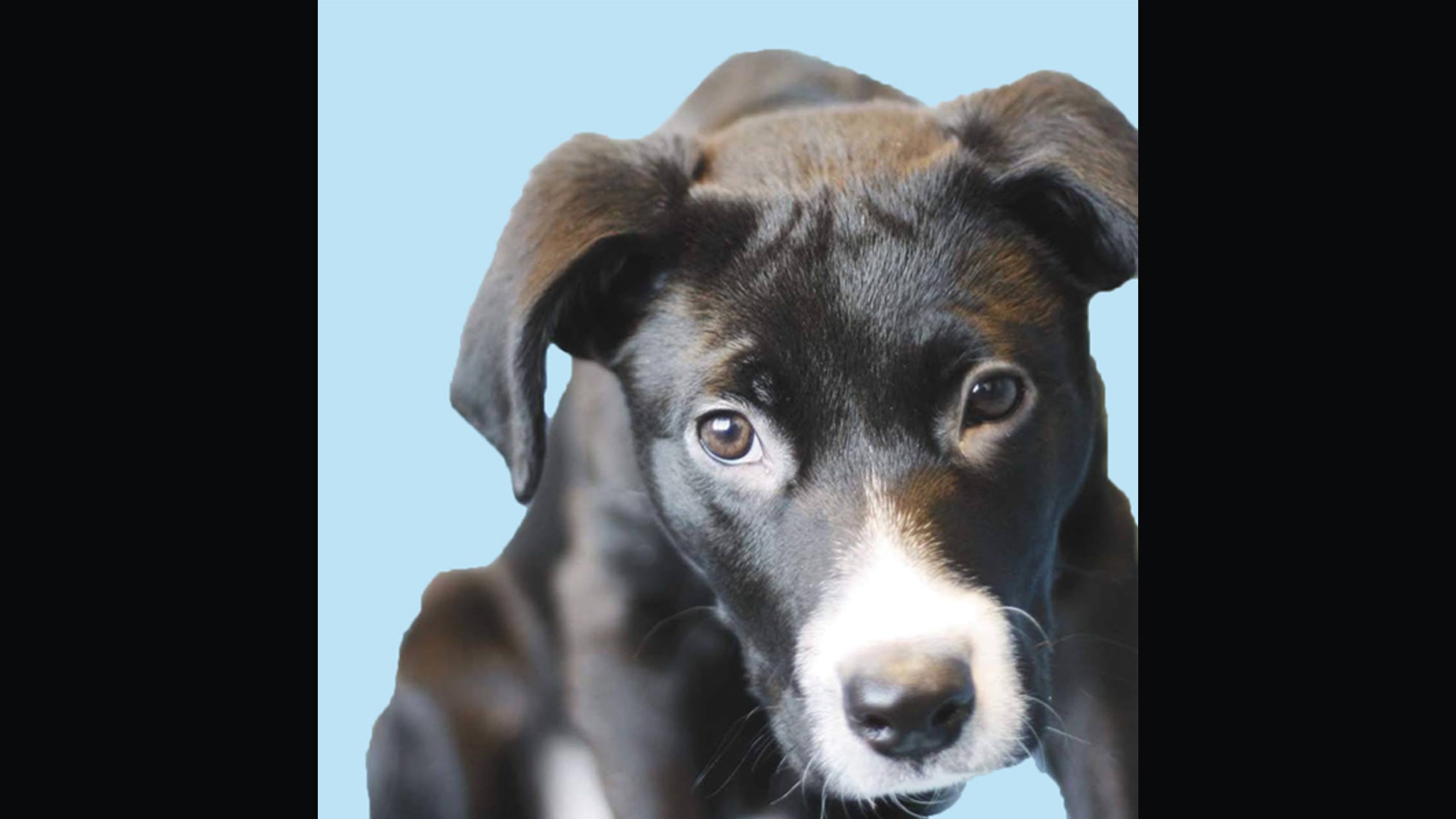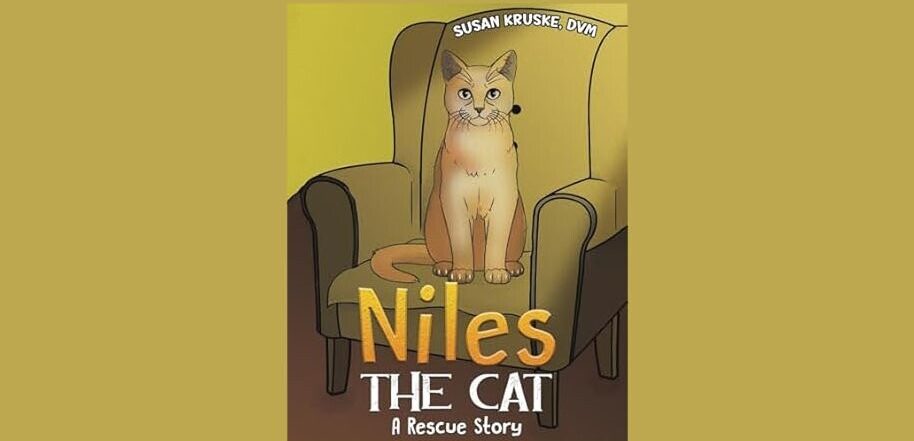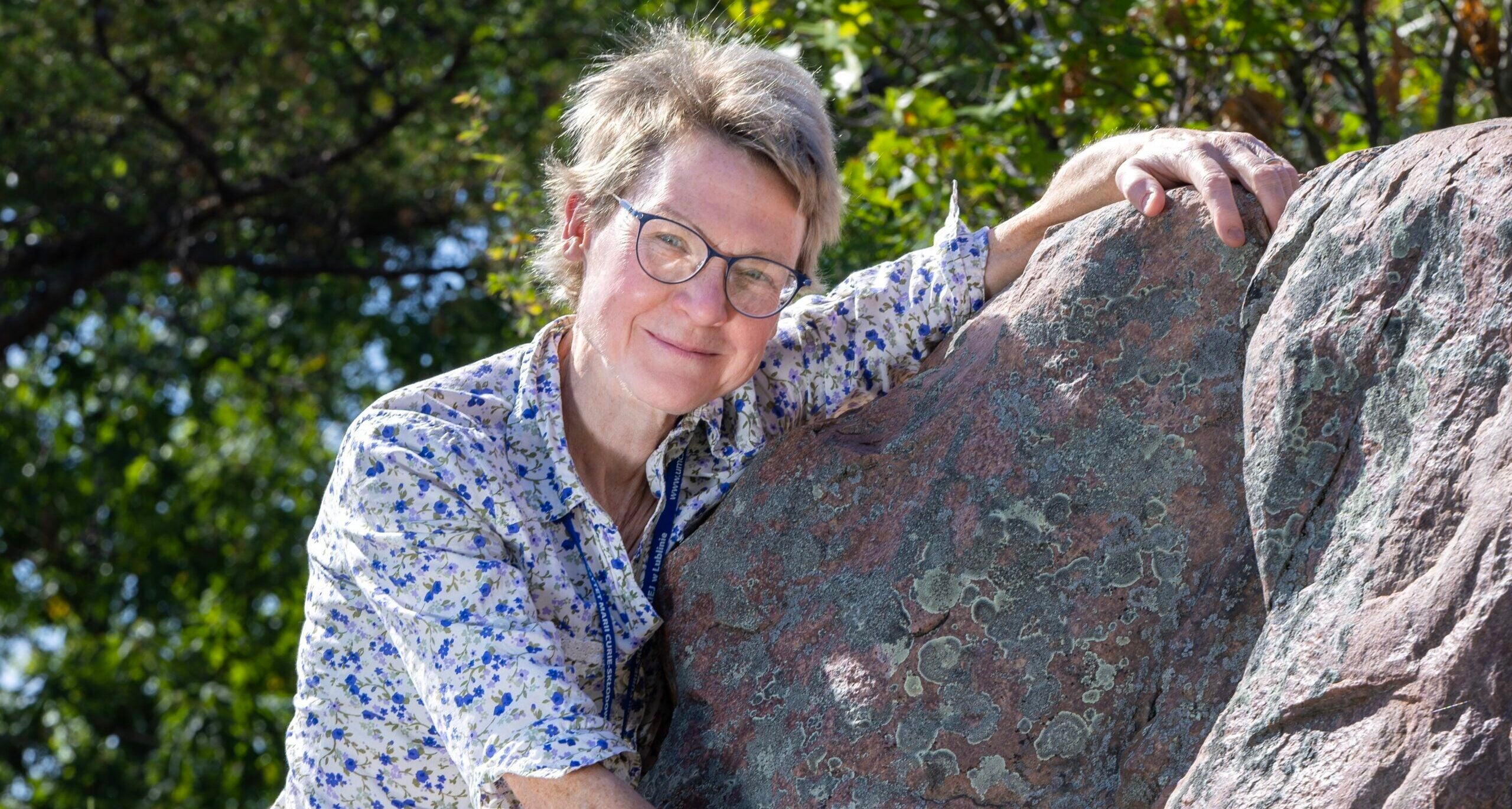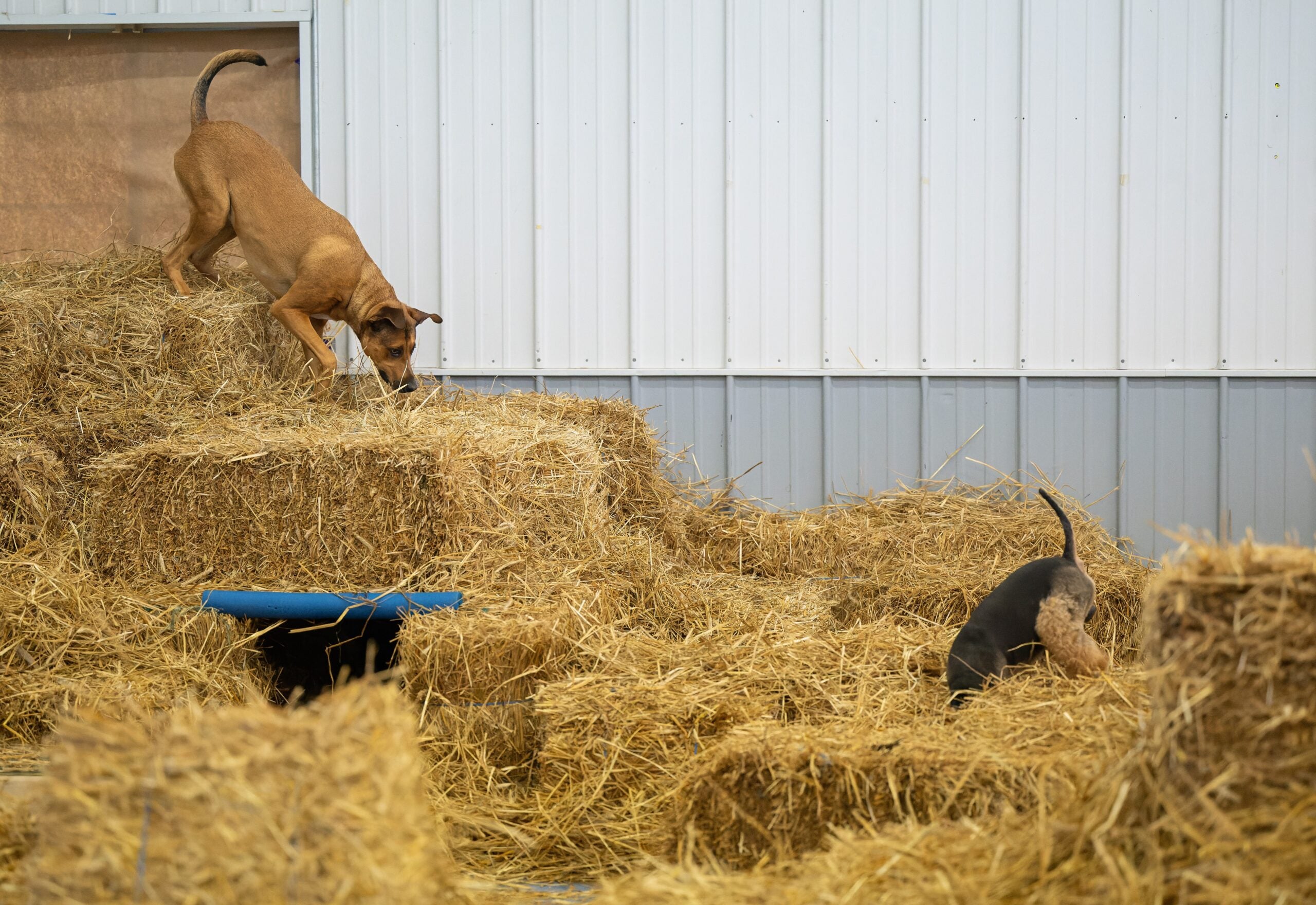Rats often get a bum rap. That’s why a lot of students enter his labs feeling a little nervous, said Dr. Richard Hein of the University of Wisconsin-Green Bay, Manitowoc.
Hein uses the animals to teach first- and second-year introductory biology, and human anatomy and physiology students all sorts of lessons.
The students measure how factors like temperature, exercise or even music can affect the animals’ metabolisms. Rats are also used to study the effects of hormones and even human reproduction.
Stay informed on the latest news
Sign up for WPR’s email newsletter.
Biology major Stevie VanderBloomen, who just finished her second year, said she appreciated getting the opportunity to do hands-on science early in her college career.
“It’s such a great way to expand your knowledge,” she said.
Many of the students form bonds while working with the rats, Hein said.
“That’s actually one of the things that I really think is a great outcome of using research animals,” Hein said. “The students that normally wouldn’t get exposure to care for animals really take on that responsibility.”
For some students, the relationship with their rat lasts beyond the lab. Almost every year more than half the animals are adopted by students, Hein said.
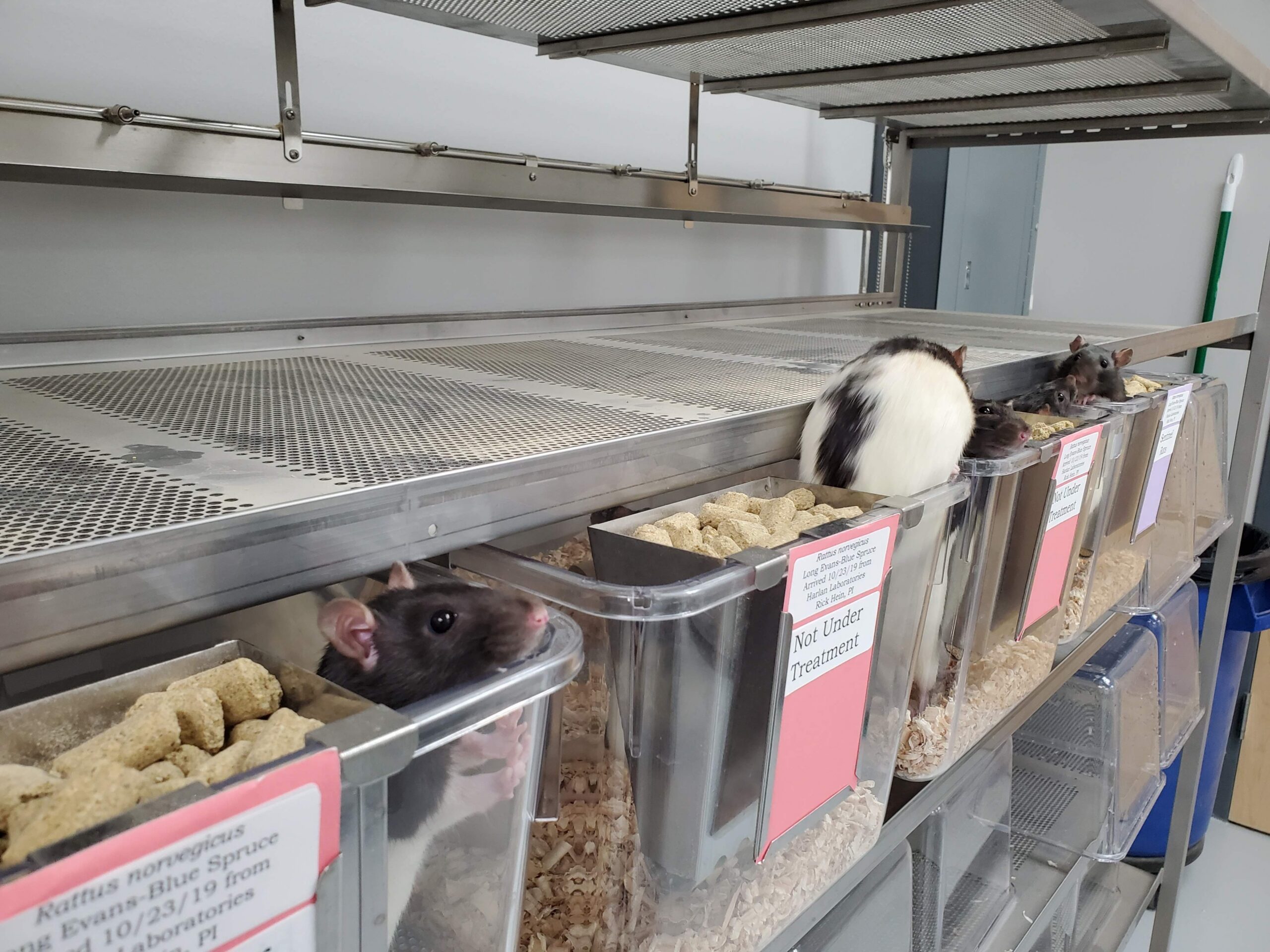
For the nearly 20 years Hein has been using rats in the classroom, he’s gone to the effort of finding them good homes at the end of the school year. Those that don’t go to students are adopted into the community.
Rats are very intelligent and highly sociable animals, Hein said.
This year’s rats were a particularly friendly group with black and white markings, like Holstein cows, he said. Since UW-Green Bay publicized Hein’s “adopt-a-rat” program in its newsletter last week, all the animals have been adopted.
VanderBloomen took three and named them after “Star Wars” characters. She’s had rats before, and she said the animals make great pets.
“They’re very into human interaction and being able to have fun with you,” she said.
Rats can learn to do tricks and respond to their names. They develop strong bonds with their owners and like to cuddle, VanderBloomen said. Surprisingly, they’re also quite clean.
“Normally when most people think rats, they’re like, ‘Oh they live outside, and they’re gross,’ but they actually clean themselves more than cats even do,” she said.
VanderBloomen, a Manitowoc native, said Hein’s classes actually helped inspire her to pursue a career as a veterinarian. She’s transferring to UW-River Falls this coming year to study animal science.
Since Hein and his students are able to complete their experiments without sacrificing the animals, he said he feels it’s important to give them a good retirement.
“I think people in general really do care for animals and appreciate the fact that they do get adopted out,” Hein said.
Wisconsin Public Radio, © Copyright 2025, Board of Regents of the University of Wisconsin System and Wisconsin Educational Communications Board.
